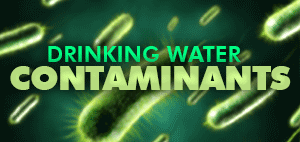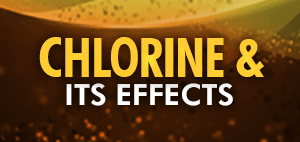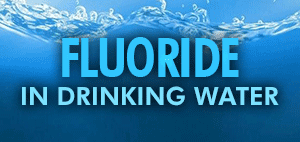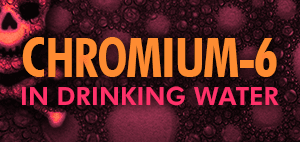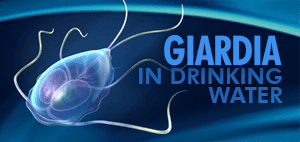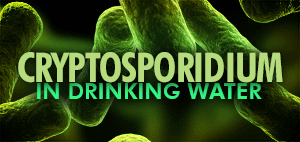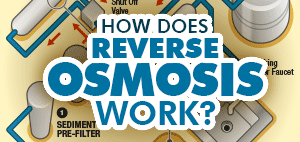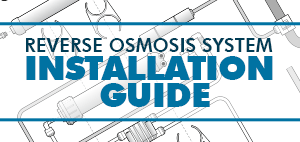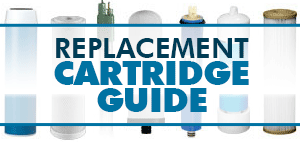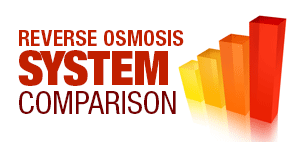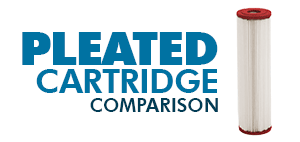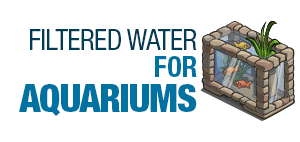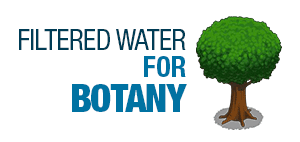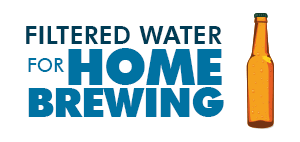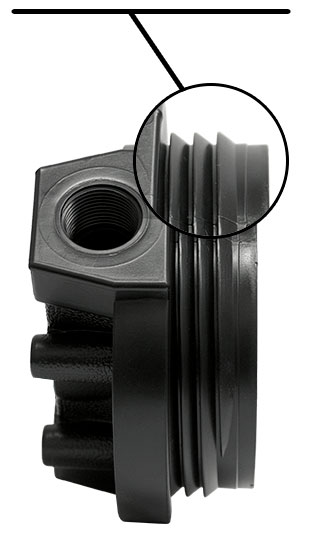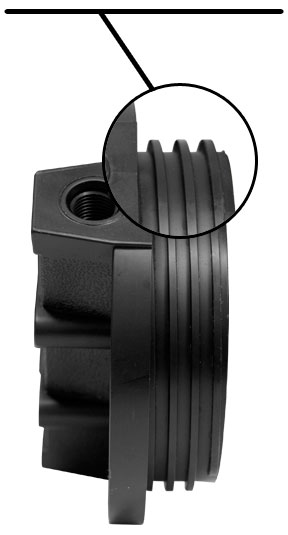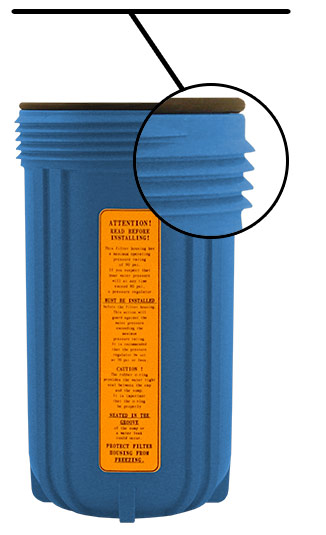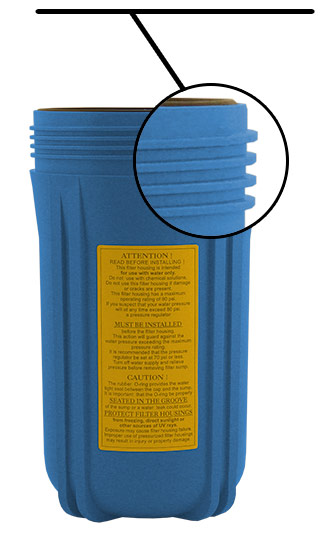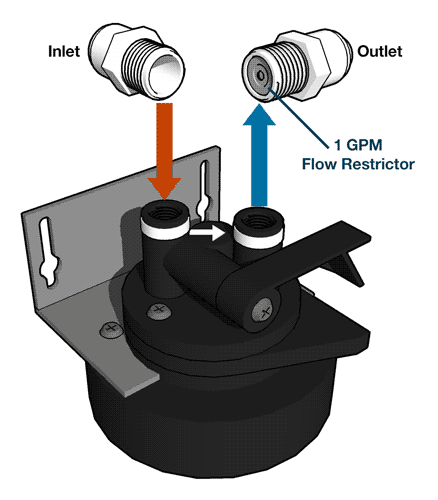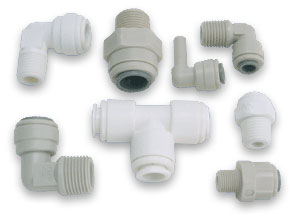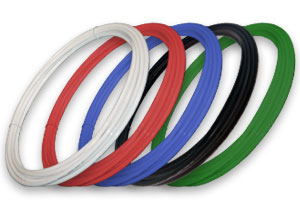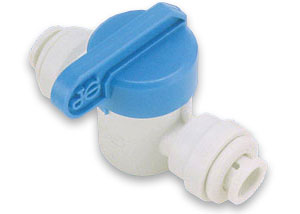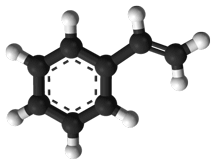
What is Styrene and Why Is It in My Water?
Styrene is a volatile organic compounds (VOC), is clear, odorless, colorless aromatic liquid, and a derivative of benzene. Styrene is a precursor to polystyrene and evaporates easily.
What are the Health Effects of Styrene Exposure?
Styrene is metabolized by the body and turned into styrene oxide, which is mutagenic, toxic, and possibly carcinogenic. The EPA describes styrene as a suspected toxin to the gastrointestinal tract, kidney, and respiratory system.
Does the EPA Regulate Styrene in Water?
The EPA has set the maximum contaminant level goals (MCLG) to 100 parts per billion and the maximum contaminant level (MCL) at 100 parts per billion to protect consumers served by public water systems from the effects of long-term, chronic exposure to styrene. States may set more stringent drinking water MCLGs and MCLs for styrene than the EPA.
Styrene Removal From Drinking Water
Systems and cartridges that contain active carbon are the most effective treatment for the home.
Reverse Osmosis Water Filters Under Sink Water Filters Countertop Water Filters Whole House Water Filters Everpure Systems and Cartridges Carbon Block Cartridges Granular Activated Carbon Cartridges Aries Filter Works Cartridges
NSF 53, 58 or
62 Certified
From NSF.org
NSF/ANSI Standard 53: Drinking Water Treatment Units – Health Effects
Overview: Standard 53 addresses point-of-use (POU) and point-of-entry (POE) systems designed to reduce specific health-related contaminants, such as Cryptosporidium, Giardia, lead, volatile organic chemicals (VOCs), MTBE (methyl tertiary-butyl ether), that may be present in public or private drinking water.
NSF/ANSI Standard 58: Reverse Osmosis Drinking Water Treatment Systems
Overview: This standard was developed for point-of-use (POU) reverse osmosis (RO) treatment systems. These systems typically consist of a pre-filter, RO membrane, and post-filter. Standard 58 includes contaminant reduction claims commonly treated using RO, including fluoride, hexavalent and trivalent chromium, total dissolved solids, nitrates, etc. that may be present in public or private drinking water.
NSF/ANSI Standard 62: Drinking Water Distillation Systems
Overview: Standard 62 covers distillation systems designed to reduce specific contaminants, including total arsenic, chromium, mercury, nitrate/nitrite, and microorganisms from public and private water supplies.
Sources of Information on Styrene
- WHO – Styrene in Drinking Water [ Requires Acrobat ]
- EPA – Styrene in Drinking Water
- Wikipedia – Styrene
The foregoing information was compiled from the the links listed above.






